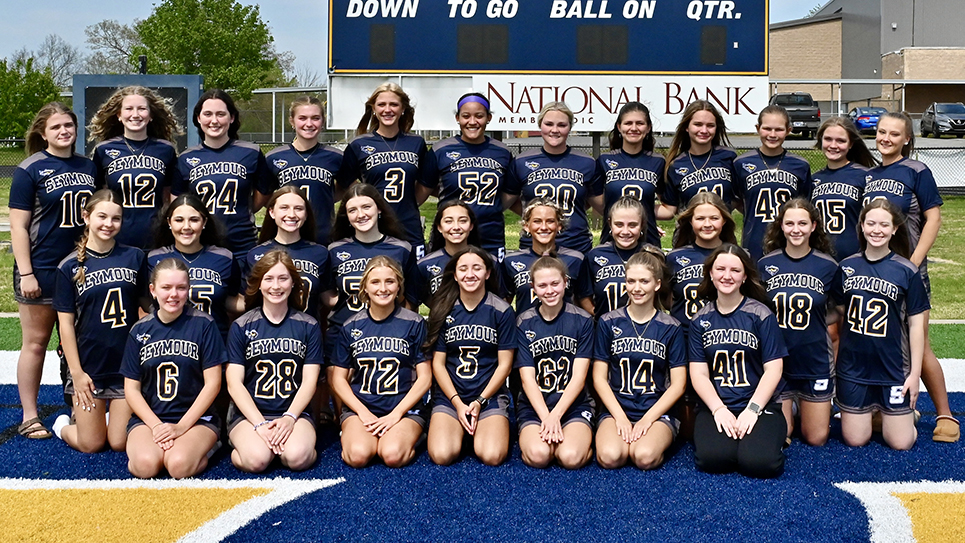
This Acu-rite Personal Weather Station transmits precipitation, wind speed and direction, humidity and other meteorological data through a wireless connection.
By Dan Andrews
andrewsd@knoxfocus.com
A well-known American writer said once that while everybody talked about the weather, nobody seemed to do anything about it. Nowadays, with the recent advances in personal weather stations, everybody can do something about it and it doesn’t have to cost a lot of money.
Jeremy Buckles, a meteorologist and lead forecaster with the East Tennessee Storm Team believes it is crucial to have local weather enthusiasts get involved in the process. “Local weather stations are a huge asset to meteorologists. I always like to say that a forecast is only as good as the data that you have available. More good data can help make better forecasts,” Buckles told The Focus.
A Personal Weather Station is a device that measures outdoor wind, temperature, and other meteorological data. For those who are able to connect to the internet, having a personal weather station provides real time accurate information that helps meteorologists with both short range and long range forecasts. The technology is fully automatic and connects directly with the owner’s Wi-Fi network. Minimal effort is needed to maintain the system after setup, e.g., changing the batteries once a year. A Personal Weather Station with a dedicated internet connection now starts around $130.
People who do not have internet access at home can join CoCoRaHS, a volunteer service that records precipitation and inputs the data daily. CoCoRaHS is an acronym for the Community Collaborative Rain, Hail and Snow Network. According to their website, CoCoRaHS is a unique, non-profit, community-based network of volunteers of all ages and backgrounds working together to measure and map precipitation (rain, hail and snow). The organization uses low-cost measurement tools, a very short amount of training, and utilizes an interactive website to accomplish their goal. Their aim is to provide the highest quality data for natural resource, education and research applications. Anyone can join via www.cocorahs.org and participate in tracking precipitation. The only equipment needed is a special scientific rain gauge that costs about $28. The training takes as little as about ten minutes total.
“Local, personal weather stations really help in short term forecasting where local conditions can be difficult to differentiate for course resolution models,” Buckles said. “In East Tennessee, our varying terrain of valleys, ridges, and mountains over very short distances means that our weather conditions can vary a lot over short distances. Having actual measurements of weather conditions from personal weather stations can fill in a lot of the coverage holes that we have. For those that cannot connect a station to the internet, I encourage participation in CoCoRaHS to report weather information too. I cannot emphasize enough how important good data is when it comes to weather analysis and forecasting. Personal weather stations provide just that.”
Kari Strenfel, a meteorologist at The Weather Channel’s Weather Underground, agreed that the more participants involved, the better the data is. “The more data we have the better. Once a station is reporting for at least 10 days, we can start to get a feel for how the station is doing compared to the models and other stations around it,” Strenfel explained. “We start to create a history for the station and use that data for temperature, wind, and precipitation forecasts. We can basically tweak the model output and adjust it to your station.”
There are many advantages to having a well-established network of personal weather stations. A strong network can assist emergency responders in making quick decisions based on weather when time is crucial. Knoxville Fire Department spokesperson Captain D.J. Corcoran told The Focus how the advanced weather station technology was used during 2012’s mulch fire. The TN National Guard and KFD were able to discern wind direction and wind speed near the fire scene and see where the smoke was going and where the fire might potentially spread.
Other advantages of the network include increased predictability of commercial travel delays, a more accurate local highway travel forecast and a better timing of precipitation and mixed change.
CoCoRaHS is used by a wide variety of organizations and individuals. The National Weather Service, meteorologists, hydrologists, emergency managers, city utilities (water supply, water conservation, storm water), insurance adjusters, USDA, engineers, mosquito control, ranchers and farmers, outdoor & recreation interests, teachers, students, and neighbors in the community are examples of those who use the information.
The goal of CoCoRaHS is to have one observer per square mile in urban areas and one observer per 36 square miles in rural areas. Knox County has 526 square miles. Currently there is a major shortage in Knox County for volunteers. The organization has only five dedicated volunteers.
Anthony Cavallucci, a warning coordinator meteorologist stationed at the Morristown National Weather Service office (which covers Knox County), stated, “CoCoRaHS for Knox and surrounding counties would be a huge help, particularly if those reports are accurate and consistent. The data network, in regards to CoCoRaHS, is very sparse. There were only five reports within Knox County (referring to the recent storm data). Obviously the more data, the better forecast we can provide.”
Whether one manually records precipitation daily for CoCoRaHS or allows their wi-fi to automatically update conditions, collecting data is critical for better forecast models. With recent advances in technology, it is now easier than ever to help with “crowd sourcing.” Yes, it does seem that everyone talks about the weather. But now almost anyone can do something about it.






